Company: Red Bull GbmH
MD: Dietrich Mateschitz
Founders: Dietrich Mateschitz and Chaleo Yoovidhya
Year founded: 1984
Headquarters: Fuschl am See, Salzburg, Austria
Employees (Dec 2019): 12,736
Type: Private
Annual Revenue (Dec 2019): US$6.137 Billion
Products & Services: Red Bull Energy Drinks | Sports | Automobile Assembly | Arts
Competitors: Coca-Cola Company | Monster Beverage | PepsiCo | Canard Street | Rockstar Energy Drink | DPS | Mondelez International | Kraft Heinz
Fun Fact: The original Red Bull Energy Drink was first launched in Thailand as “Krating Daeng”
Red Bull is a perfect example of how far passion in whatever you are doing can take you. Within about 35 years, Red Bull has transitioned from an idea to a global leader in the energy drink sector.
Red Bull SWOT Analysis offers invaluable insight into how passionate businesses thrive and succeed in a highly competitive marketplace.
Here is Red Bull SWOT Analysis:
Red Bull’s Strengths
- Market Dominance: In the energy drinks sector, Red Bull dominates the US market and it is also the global leader. With 7.5 billion cans sold in 2019, Red Bull has captured the largest global market share. Dominant companies enjoy an unfair advantage over competitors.
- Rapid Growth in Sales: In 2019, Red Bull’s sales increased by 37 in India, 30% in Brazil, 25% in Africa, 15% in Germany, 12% in Austria, 12% in Eastern Europe, and 9% in the US. An increase in sales leads to an increase in revenues and profits.
- Intensive Marketing: Red Bull’s marketing strategy is highly intensive and exploits social media and sports. Red Bull Racing is the third-best Formula One Team and also sponsors hundreds of athletes and teams across different sports.
- Global Presence: From America to Europe, Africa, Asia, and Australia, Red Bull operates in different markets across the world. Having a broad geographic presence enhances stability and fuels long-term growth.
- Strong Brand: Since it was founded, Red Bull has been consistent in its positioning with the slogan ‘Gives You Wings,’ which is catchy and memorable. Over time, the company has nurtured a strong brand valued at $9.9 billion and ranked #71 most valuable brand in 2019.
- Effective Supply Chain: It has developed a highly effective supply chain with reliable suppliers and dedicated distributors. This has eradicated bottlenecks and ensured that raw materials are always available, and products are sufficiently stocked in retail stores across the world.
- Youthful Icon: Red Bull has nurtured its brand as youthful and exploits all mediums effectively to entice youths from across the world.
- Diversified Portfolio: While most of its revenue comes from energy drinks, Red Bull is also engaged in car racing, air racing, auto manufacturing and assembly, and arts.
Red Bull’s Weaknesses
- Lack of Variety: Regardless of the products being offered to the market, consumers demand options. There are so many products Red Bull can offer like iced tea, fruit beverages, snacks, sweets, and so on but the company insists on offering only two: sugar-rich energy drink and sugar-free energy drink.
- Offering Unhealthy Products: Consumers are more health-conscious and turning away from sugared and unhealthy products. Unfortunately, Red Bull is resistant to change and still depends on unhealthy energy drinks
- Very Expensive: Products that have been positioned and marketed as premium with unreasonably high price tags find it difficult to attract middle and lower classes. Also, it exposes companies to the risk of losing customers and market share to new entrants with cheaper products.
- Difficulty in Enforcing Patent: Red Bull’s recipe is difficult to protect since the company did not come up with the ingredients. Any company can create a product that closely similar to Red Bull but with a slight difference in taste and get away with it.
Red Bull’s Opportunities
- Focus on Emerging Markets: The US and Europe are Red Bull’s major markets but are saturated with numerous brands competing for market share. Red Bull can focus on emerging markets in Asia, Africa, and Latin America and benefit from growing middle-class, improved economic situation, and unsaturated.
- Introduce Healthy Products: With the increasing number of health-conscious consumers, Red Bull can invest more in R&D to attain and offer healthy products. This will enable the company to tap into the increasing demand for healthy food and beverages.
- Engage in Sports Fully: With years of experience in sports as a sponsor, Red Bull can expand into sports for business purposes. For instance, it can focus on building Red Bull Racing into the best in F1.
- Extend Product Lines: Red Bull can extend product lines to offer more variety, new flavors, and target a wider segment in the market.
Red Bull’s Threats
- Tougher Regulations: Countries are struggling to manage the prevalence of lifestyle diseases. In the future, governments can decide to pass tougher regulations targeting products with unhealthy ingredients.
- Increase in Imitations: Across the world, consumers are enjoying energy drinks that taste and packaged very similar to Red Bull thinking that they consuming legit Red Bull. As more emerging economies acquire the technologies to imitate valued products, Red Bull’s profitability will be threatened further.
- Growing Health-Consciousness: Like most energy drinks, Red Bull consists of unhealthy ingredients, such as caffeine, concentrates, flavors, and so on. This makes the brand highly vulnerable to the ever-increasing number of health-conscious consumers. As more consumers opt for healthier options like water, juice, and milk, Red Bull’s revenues and profits can decline.
- Stiff Competition: Apart from Monster, Red Bull is facing competition from small companies that target niches with quality but cheaper energy drinks. If competition from these companies increases drastically, Red Bull can lose its global dominance.
- Looming Global Recession: In times of economic hardship, expensive luxury products are the first products to be cut from the tight budget. With the looming recession, Red Bull’s revenues and profitability are threatened since its products are expensive luxury products.
- Global Pandemic: Red Bull’s products are consumed in social gatherings like sports events and parties. With the whole world practicing social distancing and sports events postponed until further notice, the opportunities to sell products are most shut down.
- Burgeoning Costs: From increasing prices of raw materials to high marketing costs, the ever-growing operation costs undercut profitability.
References
- Groendahl, B. (2020, February 17). Red Bull Sold One Can For Almost Every Person on Earth Last Year. Bloomberg
- Johansson, S. (2020, February 16). Red Bull sold a record of 7.5 billion cans in 2019. Brussels Times
- Phelan, J. (2018, May 9). Best Practice: How Red Bull Became a Marketing Powerhouse. Business 2 Community
- Racoma, B. (2019, February 14). How Red Bull Adapts to Different Markets. Day Translations
- Forbes’ Ranking (2019). Company Profile: Red Bull. Forbes
- Gaurav, D. (2019, August 26). Exploring how RB gives wings to its supply chain. Logistics Insider
- Team Hallam. (2019, May 22). Spotlight: How Red Bull puts the brand at the heart of its digital strategy. Hallam Internet
- Payne, A. (2019, February 23). The Red Bull sporting dynasty: From football to F1 teams – all you need to know. The Mirror
- Cappiello, E. (2019, December 26). Hard Kombucha Poised For Growth As Consumers Look For Options. Forbes
- Prodanovic, D. (2020, May 6). Sugar kicked out of Aussies’ drinks preference. Food and Drink Business.
- Harfmann, B. (2019, August 9). Energy drinks continue steady growth. Beverage Industry.
- Curia Europe. (2018, October 4). Red Bull loses its wings before the European Court. Legal Patent
- Neo, P. (2020, January 8). Snacking, Hemp, and Energy Drinks. Food Navigator.
- Olayanju, J. B. (2019, February 16). Top Trends Driving Change In The Food Industry. Forbes
- Sylt, C. (2018, May 12). How Red Bull Made a $10.3 Million Profit From F1. Forbes
- Sabbagh, D. (2018, August 29). Government to ban energy drink sales to children in England. The Guardian
- Mohan, G. (2016, November 30). Two convicted in an elaborate scheme to counterfeit 5-Hour Energy drink. LA Times
- Bjarnadottir, A. (2019, September 16). What Are the Side Effects of Drinking Red Bull? Health Line
- Meyersohn, N. (2018, January 19). Lookout Red Bull. Monster is flying. CNN Business
- Horowitz, J. (2020, March 16). The global coronavirus recession is beginning. CNN Business
- Wehring, O. (2020, May 14). COVID-19 and the Global Drinks Industry. Just-Drinks
- Talpos, S. (2019, June 26). In the Energy Drink Market, Advertising and Science Collide. Undark.
- Image by Jennifer Beebe from Pixabay
Tell us what you think? Did you find this article interesting?
Share your thoughts and experiences in the comments section below.


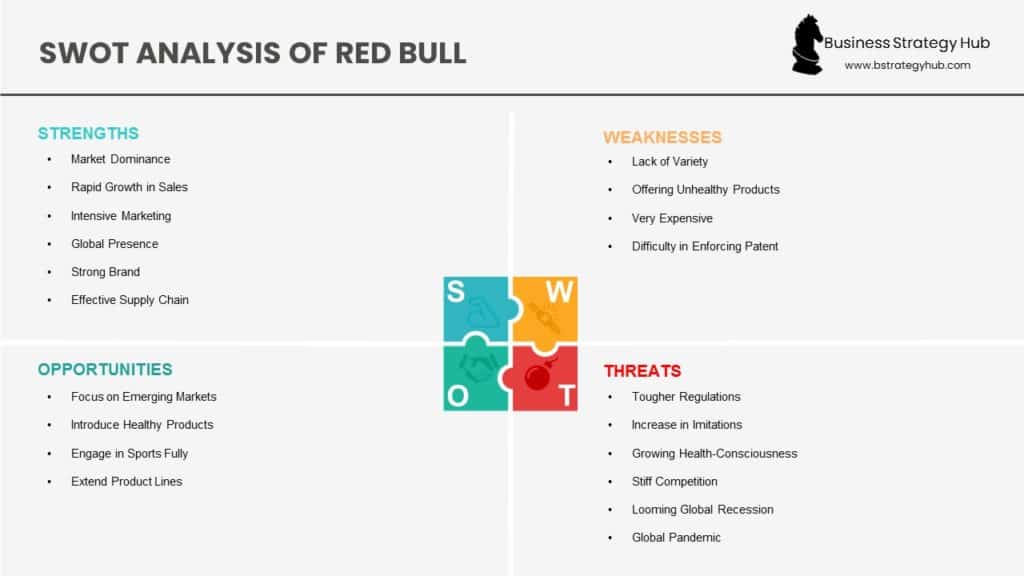
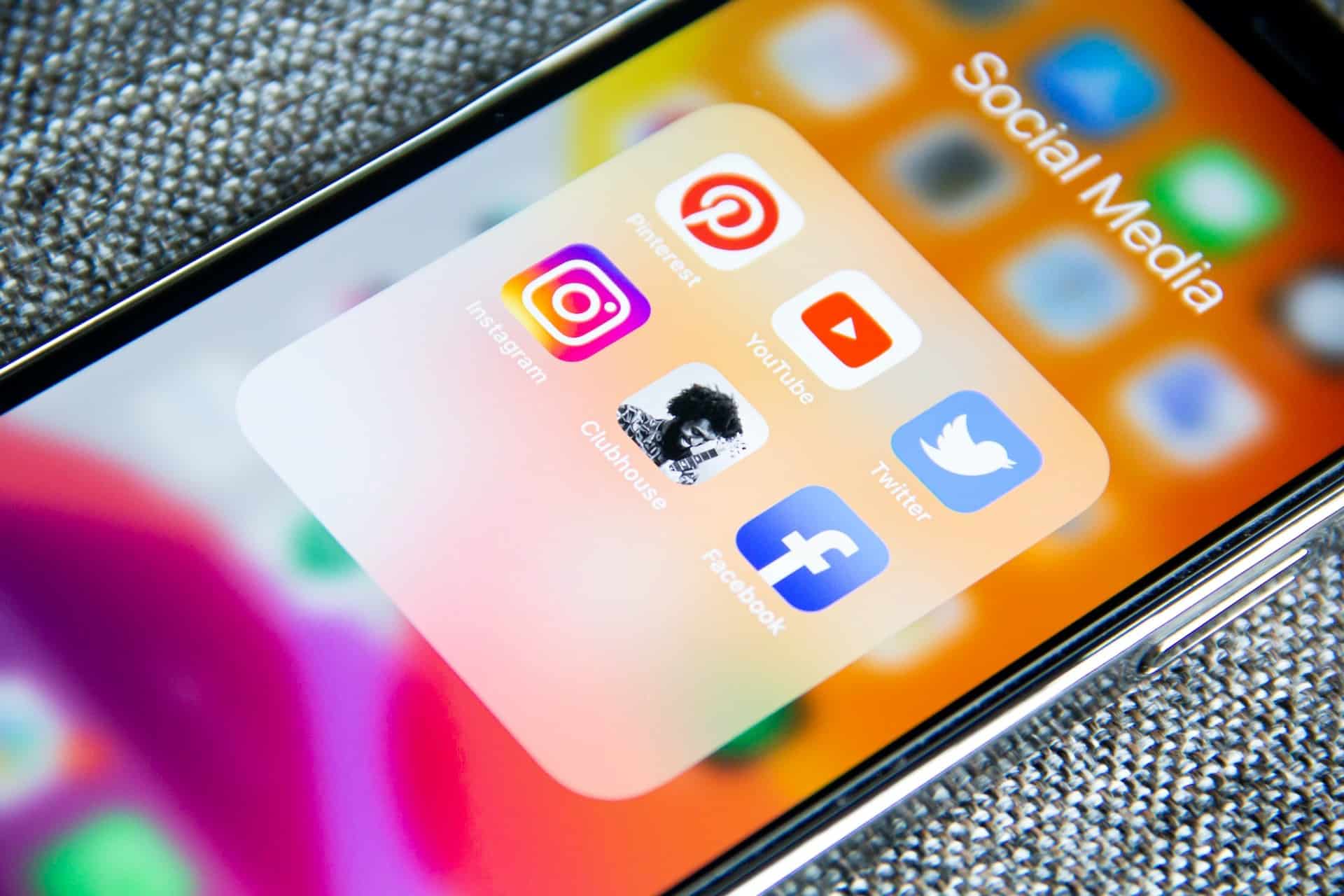


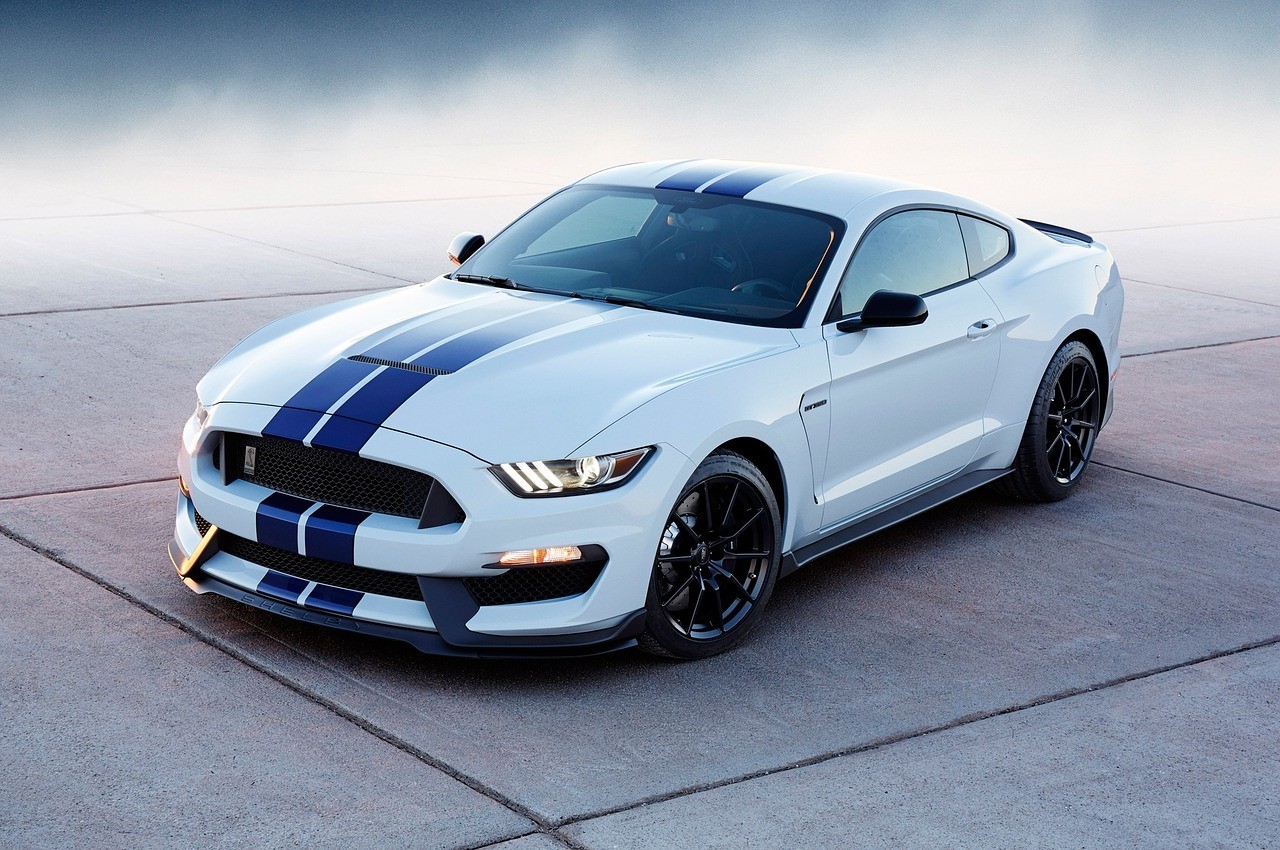

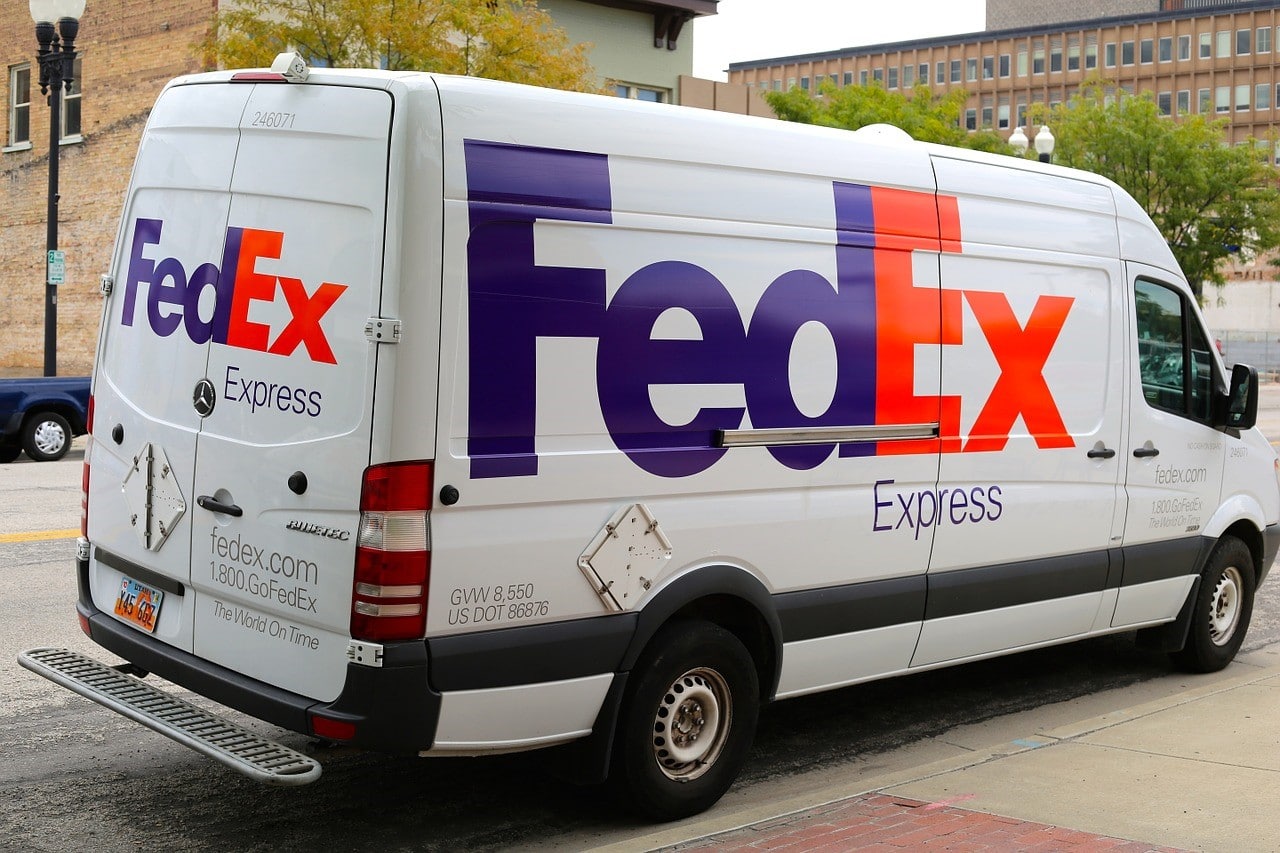

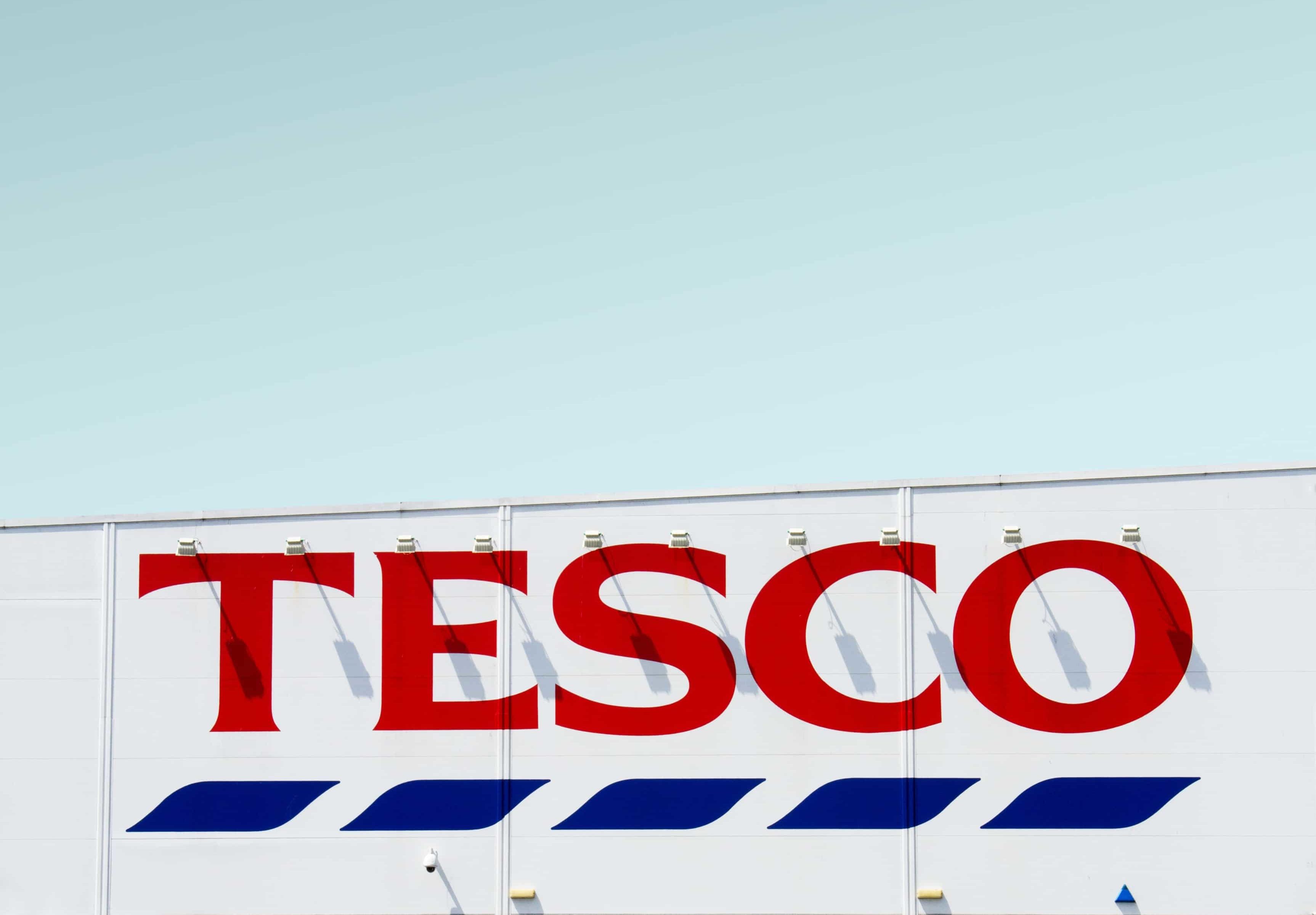



Add comment